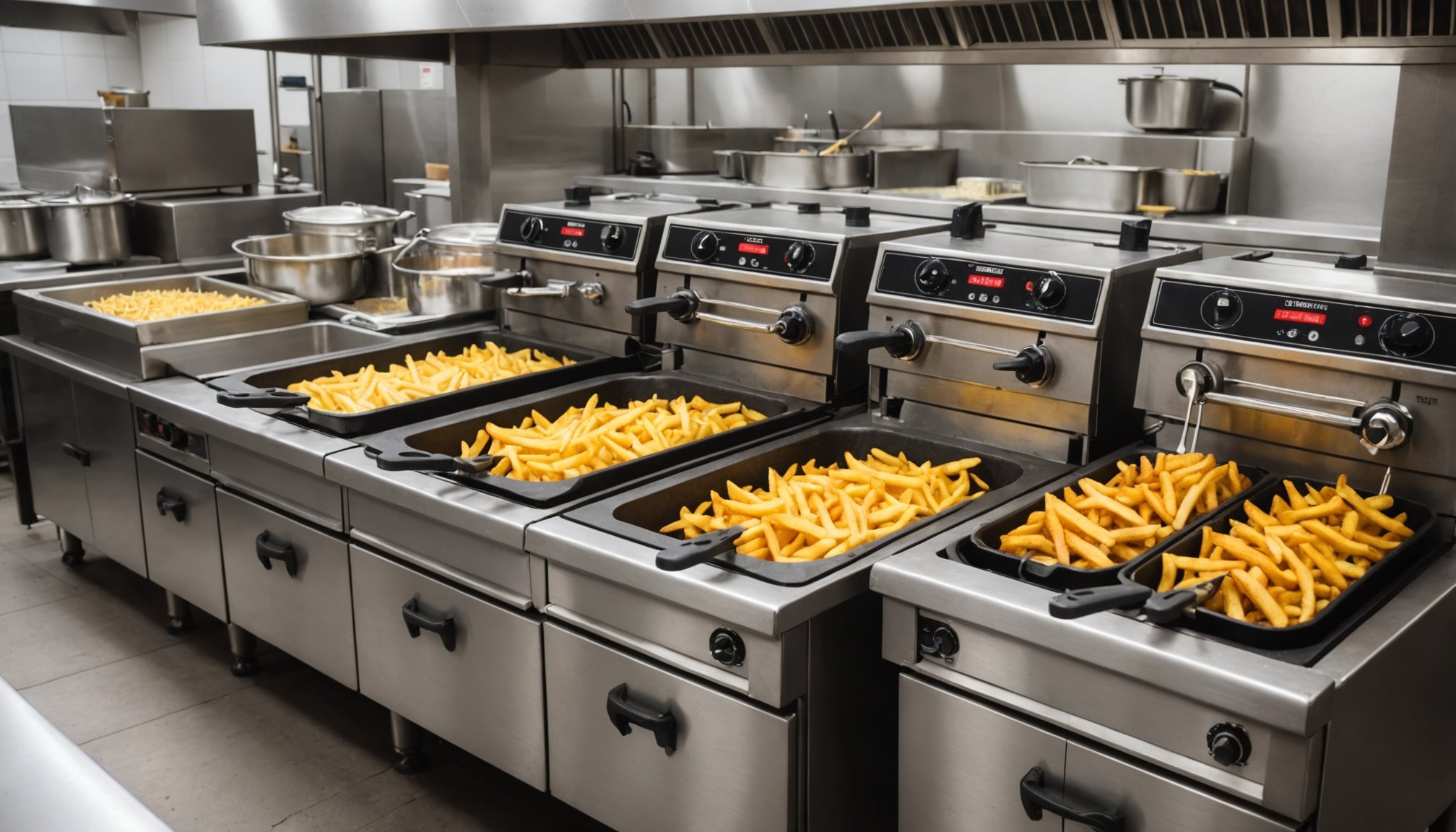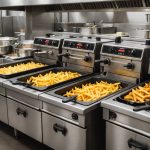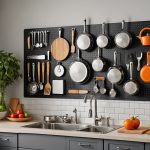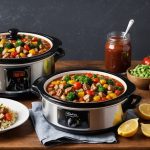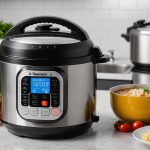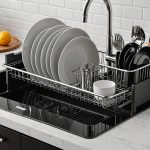Operating a deep fryer in a professional kitchen involves more than cooking delicious meals; it demands strict adherence to safety protocols to protect staff and maintain food quality. Whether it’s preventing burns or managing oil hazards, understanding key safety guidelines can prevent accidents and promote a safe working environment. This guide outlines essential practices every kitchen staff member should follow, ensuring both personnel and cuisine remain safe and exemplary. Prepare to elevate your kitchen’s safety standards and enhance your culinary experience!
Comprehensive Safety Protocols for Deep Fryer Use
Implementing deep fryer safety protocols is crucial to prevent accidents and ensure a safe cooking environment. Kitchen staff must adhere to these guidelines to minimize risks.
In parallel : Essential Temperature and Humidity Guidelines for Perfectly Aging Cheeses in Your Restaurant Kitchen
Importance of Following Safety Guidelines
Adhering to safety protocols is not just a recommendation; it's a necessity. Following these guidelines can significantly reduce the likelihood of fires and injuries. It is essential for maintaining a safe workplace and protecting both staff and customers.
Overview of Essential Safety Protocols
To ensure safe operation, kitchen staff should:
Additional reading : Effective Strategies to Minimize No-Shows at Your Reservation-Only Restaurant
- Inspect the fryer before use for any signs of damage.
- Maintain a safe distance from the fryer when in operation to prevent burns.
- Use appropriate personal protective equipment (PPE), such as gloves and aprons.
Key Responsibilities of Kitchen Staff
Kitchen staff have specific responsibilities when using deep fryers. They must ensure that oil levels are appropriate, regularly monitor the temperature, and promptly report any malfunctions. Additionally, staff should be trained in emergency procedures, such as how to extinguish an oil fire safely.
"Safety is not a gadget, but a state of mind." – Eleanor Everet
By understanding and implementing these protocols, kitchen staff can maintain a safe and efficient cooking environment, ultimately ensuring the well-being of everyone involved.
Proper Handling Techniques
Understanding proper handling techniques is essential for maintaining safety and efficiency in the kitchen.
Safe Oil Handling
When dealing with hot oil, safety is paramount. Always ensure that oil is heated to the correct temperature before use. Overheating can lead to dangerous situations such as fires. Deep fryer handling techniques include using a thermometer to monitor oil temperature closely.
- Cool oil before disposal.
- Avoid overfilling the fryer.
- Use a funnel for transferring oil.
Equipment Setup and Placement
Correct equipment setup is crucial for safe operation. Ensure that the fryer is placed on a stable surface to prevent tipping. Additionally, keep the fryer away from flammable materials and ensure proper ventilation.
Deep fryer handling techniques also emphasize the importance of securing all cords and connections to prevent accidental disconnection.
Correct Food Preparation Methods
Proper food preparation can significantly affect safety outcomes. Ensure that food is dry before placing it in the fryer to prevent oil splatters. Use tongs or a slotted spoon to handle food, keeping hands at a safe distance.
By adhering to these deep fryer handling techniques, kitchen staff can create a safer and more efficient cooking environment.
Maintenance and Inspection of Equipment
Ensuring longevity and safety in kitchen operations
Routine Maintenance Schedules
Implementing a routine maintenance schedule is vital for the effective functioning of deep fryers. Regularly scheduled maintenance helps prevent unexpected breakdowns and extends the lifespan of the equipment. Kitchen staff should set specific intervals for cleaning and checking each component of the fryer. This proactive approach ensures that any potential issues are identified early.
Importance of Regular Inspections
Regular inspections are crucial to maintaining a safe kitchen environment. Inspections should focus on identifying any signs of wear and tear that could compromise safety. By conducting thorough checks, kitchen staff can address problems before they escalate. This not only enhances safety but also maintains the efficiency of kitchen operations.
Identifying and Addressing Wear and Tear
Understanding how to identify and address wear and tear is essential. Common indicators include unusual noises, oil leaks, or inconsistent heating. By addressing these issues promptly, staff can prevent more severe damage.
- Inspect heating elements for corrosion.
- Check for cracked or worn gaskets.
- Replace damaged components immediately.
By incorporating these practices into their routine, kitchen staff can ensure that their deep fryers remain in optimal condition, thus promoting a safe and efficient cooking environment.
Emergency Procedures and Risk Management
Essential strategies for handling deep fryer emergencies
Fire Safety Protocols
In the event of a deep fryer fire, following fire safety protocols is critical. Kitchen staff should be trained to recognize the signs of an oil fire and know how to respond quickly.
Fire Safety Protocols include:
- Turn off the fryer immediately.
- Cover the flames with a metal lid or baking sheet to cut off oxygen.
- Never use water to extinguish an oil fire.
Having a Class K fire extinguisher readily available is crucial as it is specifically designed for kitchen fires involving grease and oil.
First Aid Measures for Burns
Burns are a common risk in kitchens, making first aid measures essential. Kitchen staff should be trained to provide immediate care for burn injuries.
First Aid Measures include:
- Cool the burn with running water for at least 10 minutes.
- Avoid using ice or creams on the burn.
- Cover the burn with a sterile dressing.
Evacuation Plans and Drills
Effective evacuation plans are vital for ensuring safety during emergencies. Regular drills help staff become familiar with the procedures.
Evacuation Plans should:
- Designate clear exit routes.
- Ensure all staff know their responsibilities.
- Conduct regular drills to reinforce the plan.
Staff Training Recommendations
Enhancing safety and efficiency through comprehensive training
Importance of Comprehensive Training Programs
Comprehensive deep fryer staff training is essential to ensure a safe and efficient kitchen environment. Proper training equips kitchen staff with the knowledge and skills needed to handle equipment safely. This not only reduces the risk of accidents but also enhances overall productivity.
Recommended Training Topics
To maximize the effectiveness of deep fryer staff training, certain topics should be prioritized. These include:
- Understanding fryer operation and maintenance
- Identifying and responding to potential hazards
- Implementing emergency procedures effectively
Training should be interactive and include practical demonstrations to reinforce learning.
Ongoing Training and Refresher Courses
Regular ongoing training and refresher courses are crucial to keep staff updated on the latest safety protocols. This continuous learning approach ensures that staff remain vigilant and are prepared to handle any situation confidently.
- Schedule regular training sessions
- Incorporate feedback from staff to improve training programs
- Evaluate staff performance and knowledge retention
By integrating these elements into deep fryer staff training, kitchens can maintain high safety standards and operational efficiency. Training not only empowers staff but also fosters a culture of safety and awareness in the workplace.

